I have the following view
SET QUOTED_IDENTIFIER ON
SET ANSI_NULLS ON
GO
ALTER VIEW web.vGridHotelBooking
WITH SCHEMABINDING
AS
SELECT
HBK_ID,
COF_ID,
COF_CST_ID,
HTL_Name,
COF_Data
FROM
web.HotelBooking
INNER JOIN
web.CustomerOfferBundle ON COF_ID = HBK_COF_ID
INNER JOIN
web.Hotel ON COF_HTL_ID = HTL_ID;
GO
CREATE UNIQUE CLUSTERED INDEX [CLI_vGridHotelBooking__HBK_ID]
ON [web].[vGridHotelBooking] ([HBK_ID]) ON [PRIMARY]
GO
When I execute the statement SELECT * FROM web.vGridHotelBooking I expect to see a single clustered index scan, but instead I get this
This is the same plan I get when executing the SELECT statements directly.
What is that I am doing wrong here? I've used materialized views many times and I did not have that problem before.
EDIT 1
Running the query with a WHERE clause doesn't help either.
SELECT COF_ID
FROM web.vGridHotelBooking
WHERE COF_ID = '06A41DB5-8F14-4E6C-9084-3009E0626DAA';
EDIT 2
SELECT HBK_ID
FROM web.vGridHotelBooking
WHERE HBK_ID = 1801151518187788
EDIT 3
SELECT HBK_ID
FROM web.vGridHotelBooking WITH (INDEX(CLI_vGridHotelBooking__HBK_ID))
WHERE HBK_ID = 1801151518187788;
EDIT 4 Running the query with NOEXPAND yielded the correct plan this time.
SELECT *
FROM web.vGridHotelBooking WITH (NOEXPAND)
WHERE HBK_ID = 1801151518187788;
So the question then is - Why is that? Do I have to worry about this one.
Because CustomerOfferBundle table has aprx 500 000 rows in it and the Hotel table aprx 100 000





